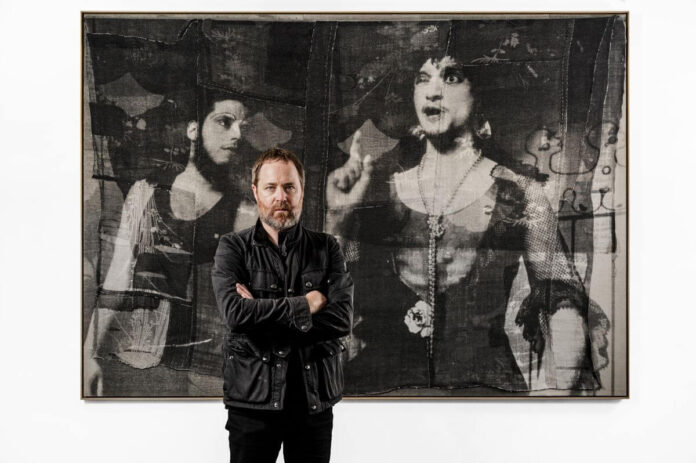Australia offers more than seven million square kilometers of dazzling landscape to explore, which never lacks creative inspiration. These are the 10 artists who made the Australian art scene famous, whether they’re painting Post-Impressionist scenes of the outback or doing abstract explorations with the colors of the terrain.
1. Sidney Nolan
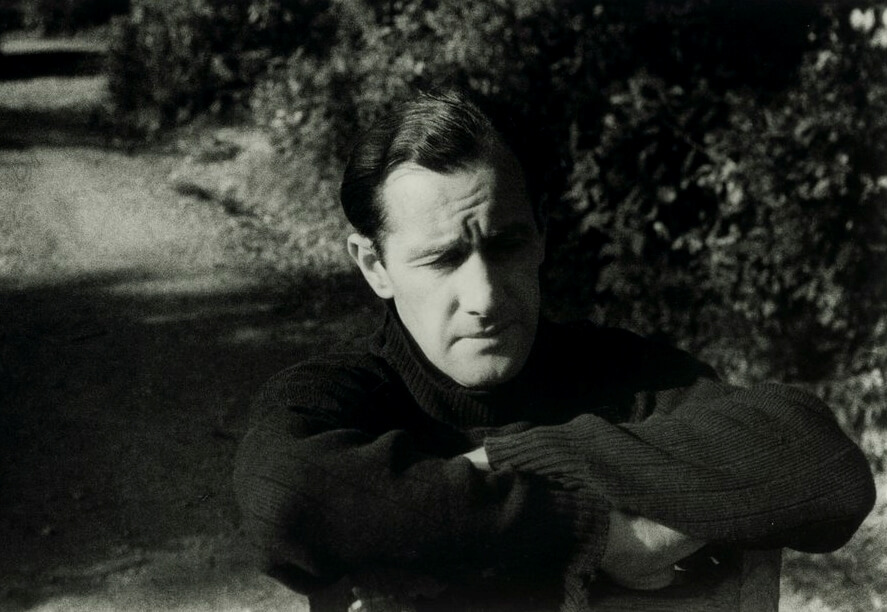
Nolan (1917-1992), who grew up in the gritty Melbourne of the Depression era, became one of Australia’s most productive and well-known 20th-century artists. It was Ned Kelly and his band of bushrangers that Nolan depicted in his bright Modernism works, which solidified both Kelly’s place in Australian mythology and Nolan’s eminent position in the country’s art scene.
2. Grace Cossington Smith
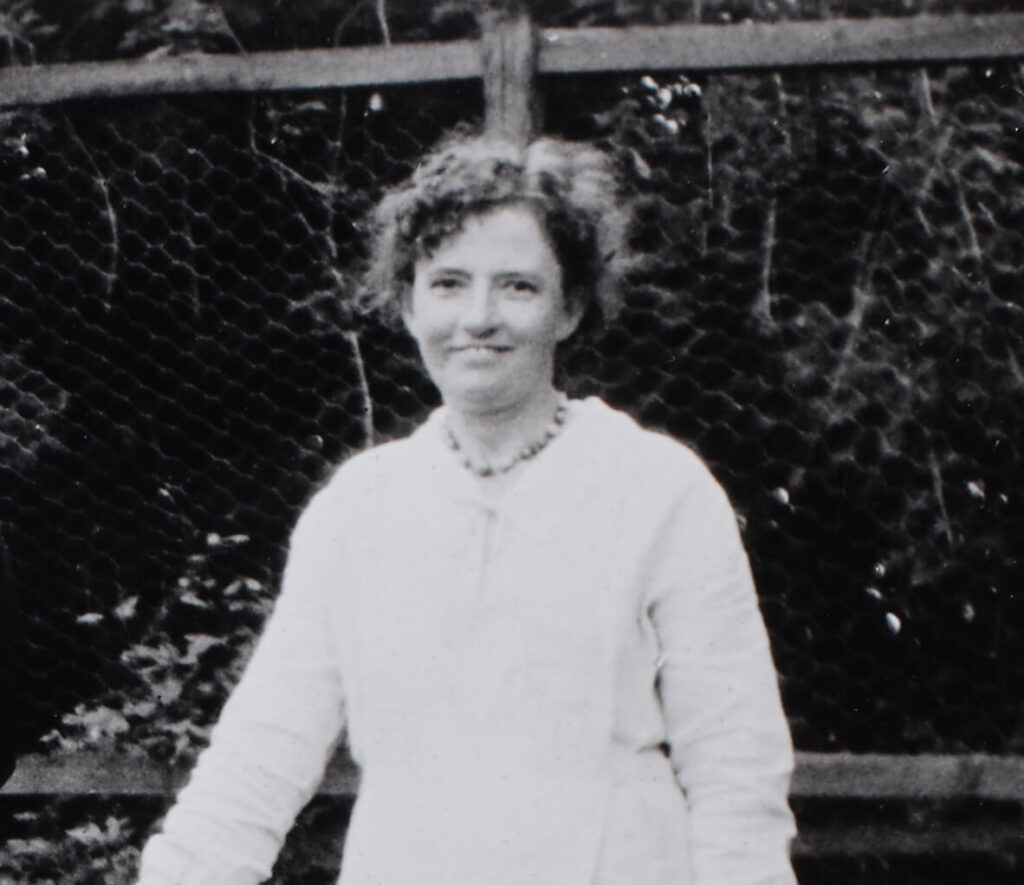
Since her 1915 picture The Sock Knitter is regarded as Australia’s earliest Modernist piece, Grace Cossington Smith (1892–1984) was a true pathfinder who inspired the nation’s response to European Post-Impressionism. The subject matter of Cossington Smith’s brightly colored paintings was familiar scenery: typical 20th-century Sydney, including several exquisite depictions of home life.
3. Brett Whiteley
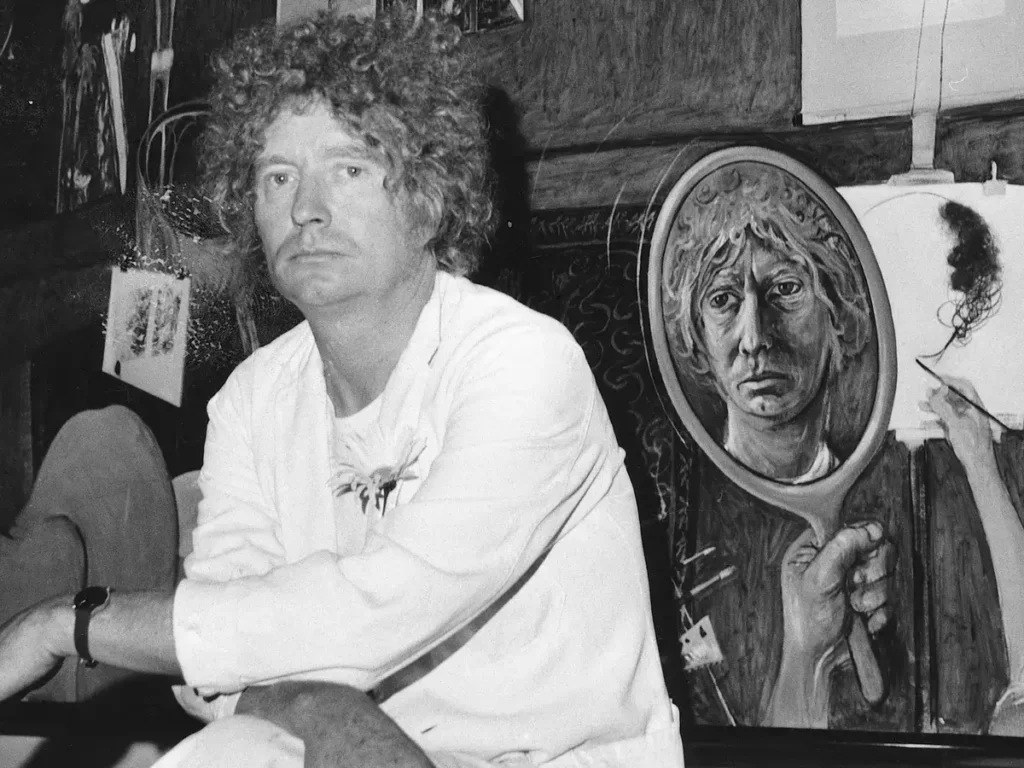
The effects of drugs, alcohol and the Vietnam War are also evident in Brett Whiteley’s (1939–1992) works. Whiteley’s strong, abstract style was his trademark before he passed away at 53 from a heroin overdose.
In Sydney’s Surry Hills, where Whiteley formerly had a studio, you can discover more about his life and work thanks to a 20-year transformation project by the Art Museum of New South Wales.
4. Margaret Preston
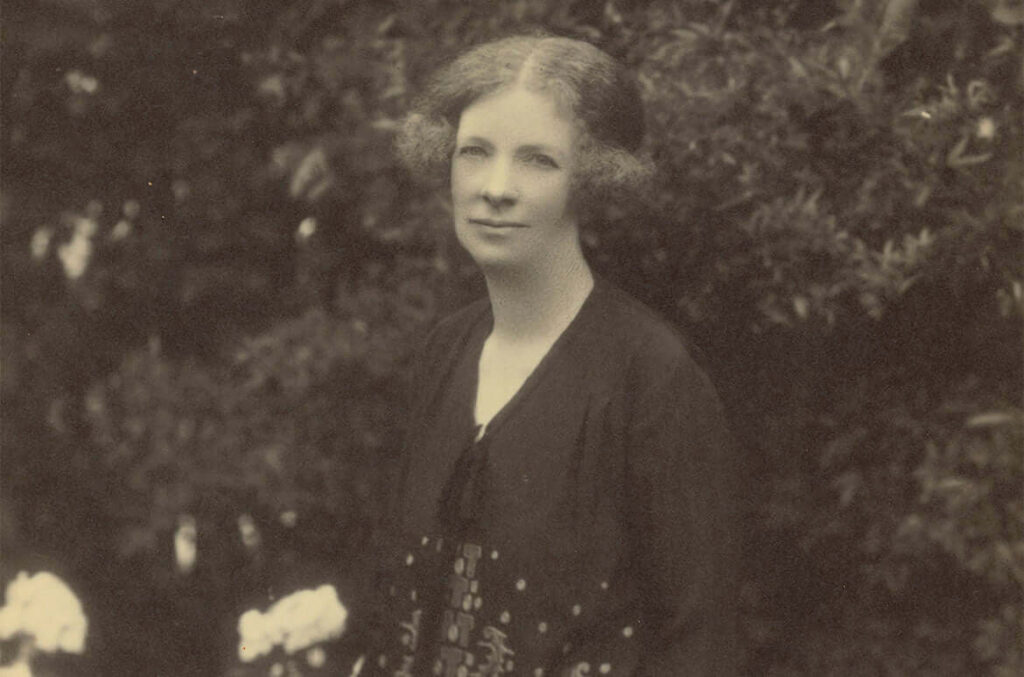
Margaret Preston (1875–1963) was an avant-garde artist once referred to as “the natural adversary of the dull.” Preston was famous for both her progressive art and her strong character.
She was born in Adelaide and educated in Munich, Paris, and London during European Modernism and French Post-Impressionism. Preston also wrote extensively as a cultural commentator, supporting Indigenous and women’s rights earlier than most of her contemporaries.
5. Albert Namatjira
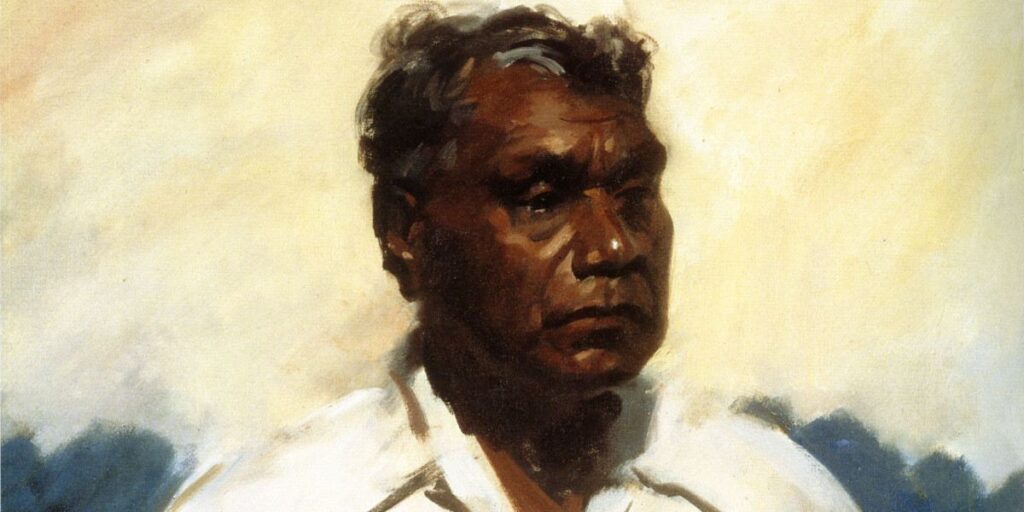
Namatjira (1902-1959), an Arrernte from the MacDonnell Ranges in the Northern Territory, is undoubtedly Australia’s most well-known Indigenous artist. Native art was initially introduced to the white population through his Western-style watercolors of the ancient Australian outback. Namatjira also achieved the long-overdue distinction of becoming the first Indigenous person to be awarded Australian citizenship in 1957.
6. Fiona Hall
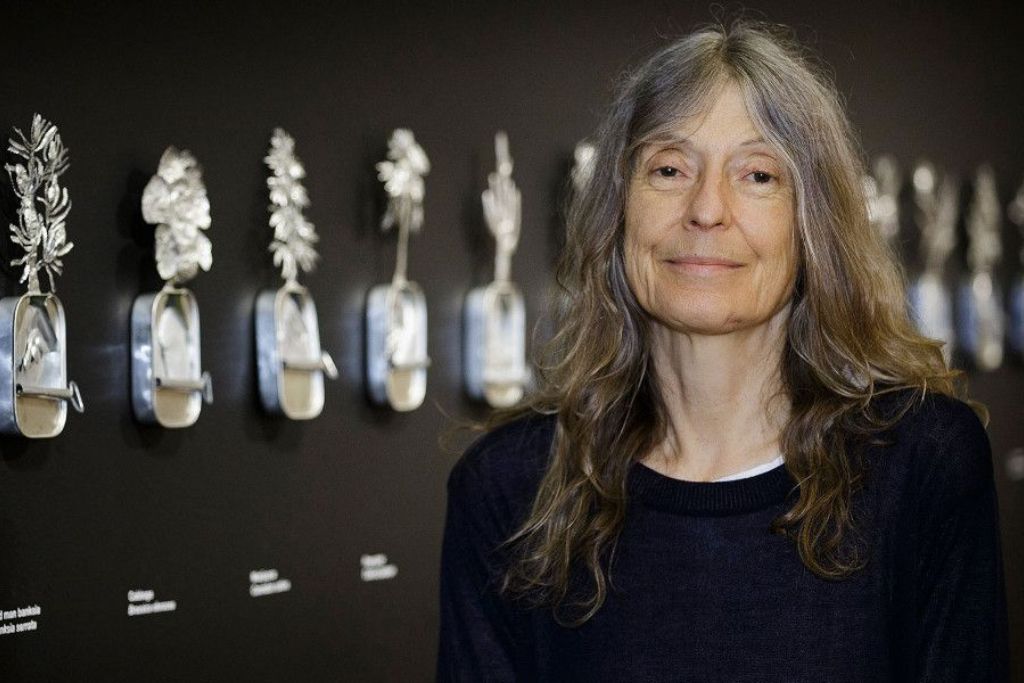
Hall (1953-) explores the relationship between nature and culture by transforming everyday objects into works of art; literature and ecology recur frequently in her work.
With residencies at all of Australia’s major galleries and a representational role for Australia at the 2015 Venice Biennale, Hall’s early focus on painting and photography evolved into sculpture, installation, moving images, and even garden design in the 1990s.
7. David Noonan
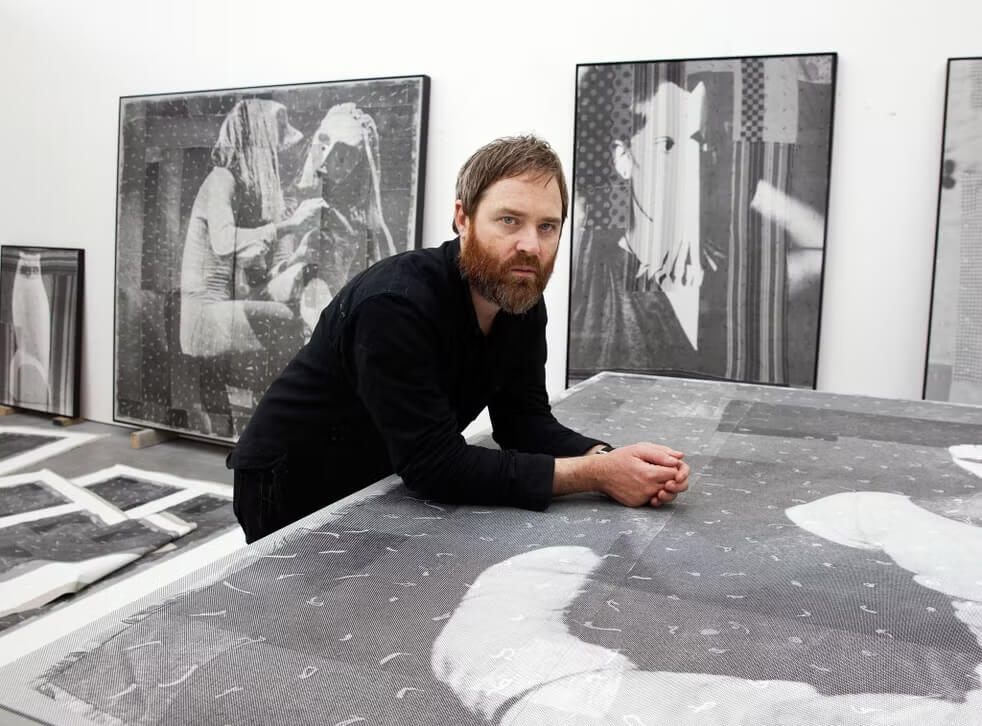
Noonan (1969-), who was born in Ballarat and currently resides in London, uses pictures gleaned from books and periodicals to create screen prints on linen, weaving stories out of this varied discovered material.
His monochromatic prints, which are on display in “La La Land” in Los Angeles as well as London, Paris, and all of Australia’s finest galleries, evoke the golden age of cinema.
8. John Olsen
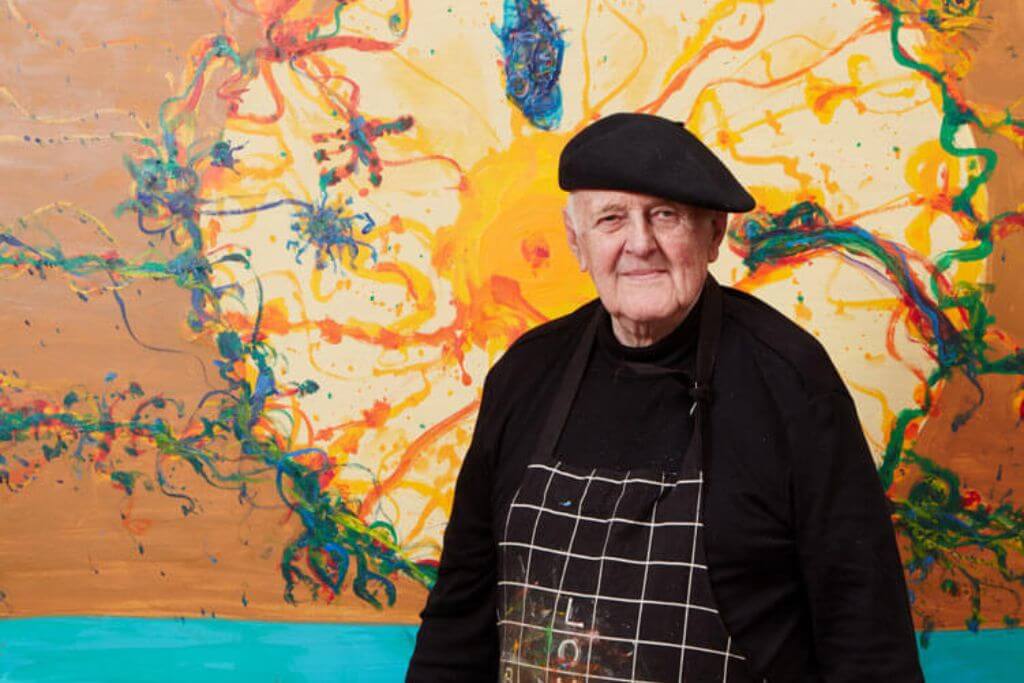
The 90-year-old national treasure and most revered living Australian artist, John Olsen (1928-), is unrivaled in the country. After spending several years traveling across Europe, Olsen returned to Australia in the 1960s to create a number of colorful, dynamic, experimental depictions of the Australian landscape. This style has come to characterize Olsen’s celebrated seven-decade career.
9. Margaret Olley
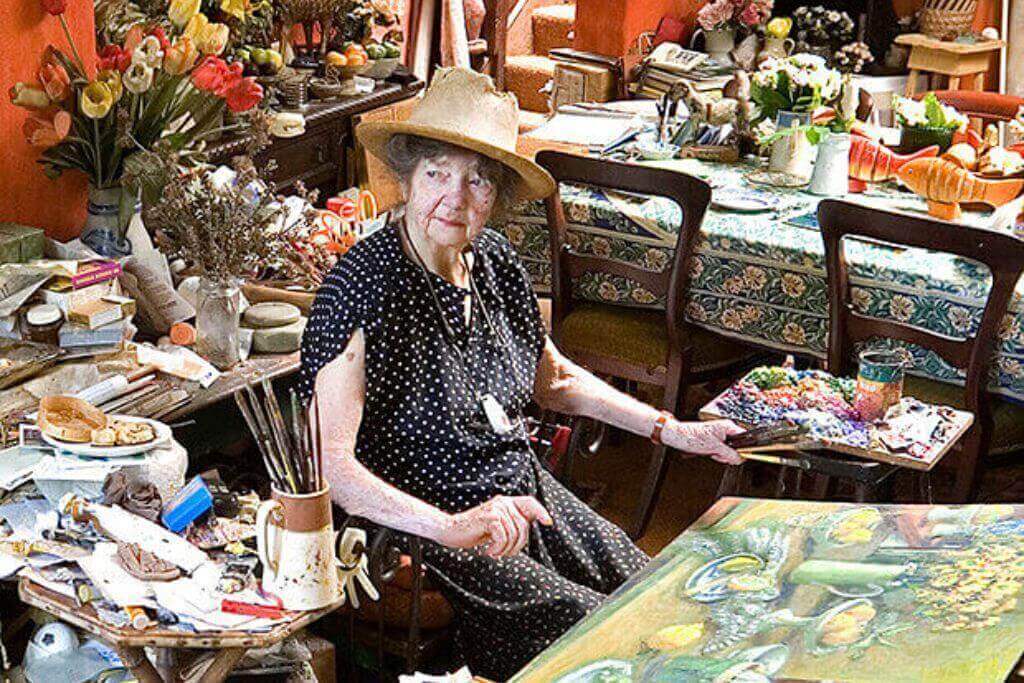
Margaret Olley (1923-2011), Australia’s most well-known still life and interior painter, was born and raised on sugar cane plantations in Queensland before making her name in Sydney’s post-World War II art scene.
She was inspired by fruit, flowers, and pottery. The Margaret Olley Art Centre in Murwillumbah welcomes visitors to the Northern Rivers region of New South Wales. This attractive gallery honors the life and work of the artist.
10. Simryn Gill

This Singapore-born, Punjabi-Australian artist (born 1959) employs commonplace materials to create monumental works that profoundly affect the viewer, such as Roadkill (1999), which uses highway debris transformed into toy cars, or Pearls, which uses books molded into pearls (2000). In a large number of his sculptures, paintings, and photographs, Gill also criticizes Australia’s harsh refugee policy in Southeast Asia.
